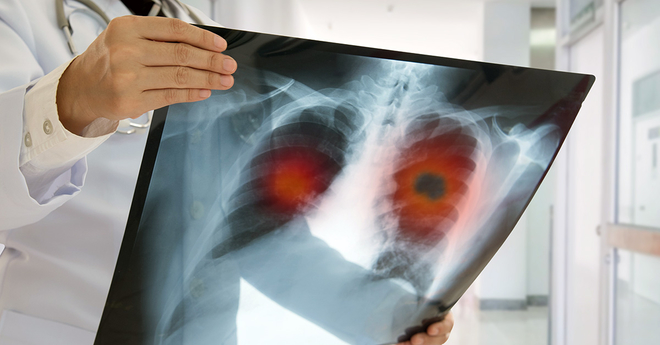Answers to five common questions about smoking and heart health
or smokers, quitting tobacco is one of the best things they can do for their heart. Consider this: When smokers with a history of heart attack quit smoking, their risk of another heart attack is cut in half within two years.
During American Heart Month, we are highlighting five important facts about heart health from BecomeAnEX, Truth Initiative’s digital quit smoking program.
What can cardiovascular disease do to my body?
More people die each year from cardiovascular disease—illnesses relating to the heart and blood vessels—than from any other ailment. Most cardiovascular disease is caused by a build-up of cholesterol in blood vessels. Over time, blood vessels become more and more blocked until no blood can get through them at all. These "road blocks" in your blood vessels can cause different things to happen, depending on where they are in your body. Blockages in the blood vessels to the brain will cause stroke. Blockages in the arteries that feed the heart muscle (coronary artery disease) can cause a heart attack.
How can I prevent a heart attack?
While genetics influences many factors that put people at risk of heart attack, there are some risks that you can change. Exercising, eating right and not smoking are three of the best lifestyle ways to reduce your heart attack risk. In fact, if you smoke, quitting is the most important thing you can do to prevent a heart attack.
Why is quitting tobacco the best thing for heart attack prevention? Smoking puts carbon monoxide into your blood. This means less oxygen gets to your heart. At the same time, smoking speeds up your heart rate. This means your heart needs more oxygen. But your heart doesn’t get it because of the carbon monoxide already in your blood. So, it beats faster to try to deliver more oxygen to your body. A faster heart beat means more heart strain over time. It’s a vicious cycle that creates a serious health problem.
To make matters worse, smoking increases your chance of forming blood clots. So, if you have coronary artery disease, and your blood vessels are already partly blocked, a blood clot can quickly and completely block an artery.
How fast will I see results related to coronary artery disease if I quit smoking?
Results will depend on how advanced your coronary artery disease is already. People with early stages should see some symptoms—such as shortness of breath and chest tightness—improve very quickly.
In people who stop smoking and treat some other risk factors, blocked arteries can get better. It’s almost like adding extra lanes to a small country road.
In people who have later stages of coronary artery disease and a history of heart attack, the risk of another heart attack goes way down after they quit smoking: One to two years after quitting, the risk of another heart attack is cut by more than half. By three or four years after quitting, the risk of another heart attack is the same as someone who never smoked.
What if I don’t smoke, but I’m around people who smoke?
Secondhand smoke increases coronary artery disease among nonsmokers. In fact, frequent exposure to secondhand smoke is the same as smoking a half pack of cigarettes each day.There is no safe level of exposure to tobacco smoke for prevention of heart disease.
So, how can I quit?
If you have any type of cardiovascular disease, quitting smoking is the most important thing you can do to lower your chances of a heart attack or stroke. There are lots of ways to go about quitting. If you try to quit using the best science-based methods like those offered on BecomeAnEX, you are more likely to be able to quit for good.
For more on cardiovascular disease and smoking, visit BecomeAnEX.
More in harmful effects of tobacco
Want support quitting? Join EX Program
By clicking JOIN, you agree to the Terms, Text Message Terms and Privacy Policy.
Msg&Data rates may apply; msgs are automated.



